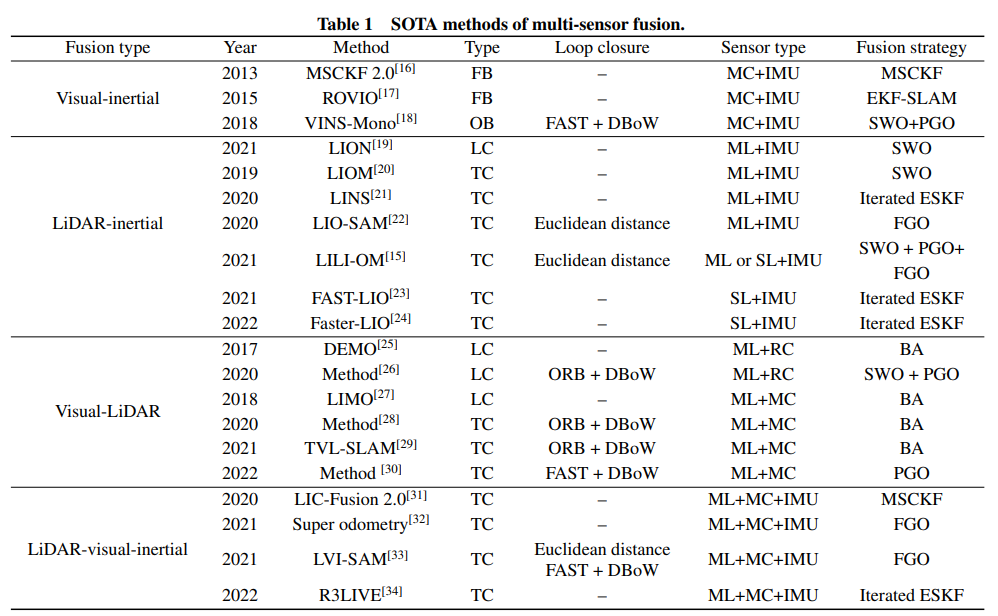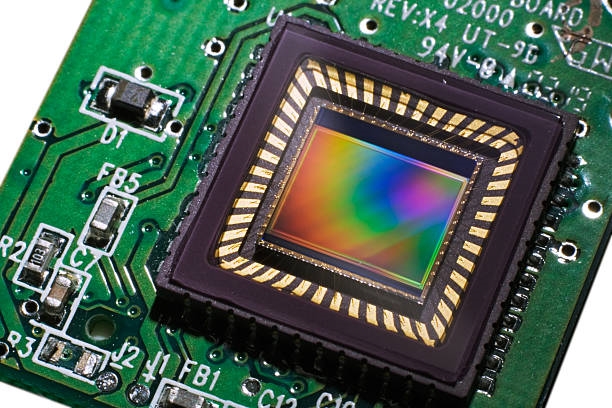Overview
When measuring distance or motion, radar is an option worth considering. Historically, many non-contact measurement applications have used ultrasonic or laser sensors. Electronic distance measurement (EDM) using radio waves is another approach, but the complexity and perceived cost have limited its use in some applications.
Hardware
About six weeks ago I received Acconeer’s XE125 development board, which includes the XM125 radar module based on the A121 60 GHz radar sensor. The A121 is specified for distance measurements up to 20 m, low power consumption, and a compact footprint (29 mm2). The design is integrated on a single chip and interfaces via SPI (1.8 V or 3.3 V I/O), with a 1.8 V supply.
Getting started
I reviewed the board and the vendor documentation. There are basic getting-started guides and notes; community videos can also be helpful. The setup is straightforward and requires installing Perl 3 to flash the onboard microcontroller and run the demo applications. The provided instructions explain how to flash the firmware and launch the demos.
Performance
Example applications demonstrate room occupancy detection and measurements of distance, velocity, and respiration. The XE125 demo board uses an onboard Arm Cortex-M4 to configure the A121 and forward data to a host computer. The distance measurements are accurate in the tests performed, and the sensor can detect small movements such as chest motion during breathing at about one meter range.
Advantages over ultrasonic and laser
Compared with ultrasonic and laser sensors, radar-based devices are less affected by airborne particulates like dust or humidity. High-end EDM systems have long used microwave-range radio waves for long-range measurements. Acconeer’s website lists potential applications including parking sensors, liquid level sensing, and space occupancy. Use cases such as drone landing assistance or collision detection for cranes and heavy machinery are plausible, where detecting nearby objects reliably is important.
Integration
The XE125 platform helps evaluation because the Cortex-M4 is a well-supported microcontroller and Acconeer provides full schematics and documentation, allowing custom application development. The documentation includes clear SPI interface information, and the board exposes enough I/O pins to move from demo to proof-of-concept.
The XM125 module integrates the required circuitry for A121 and is available in a 20 × 15 mm surface-mount package for PCB integration. Device pricing at the time of writing is approximately £13 for the A121 chip, about £18 for the module, and demo units around £97.
Conclusion
In testing, the A121-based solution produced satisfactory results for distance and micro-motion detection. The A121 and associated evaluation hardware are viable options for projects that need a radar-based alternative to ultrasonic or laser sensors.
 ALLPCB
ALLPCB






